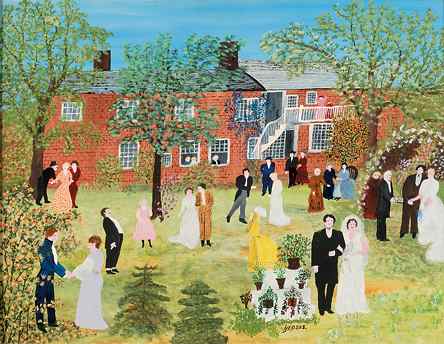"Everything I produce is rubbish! I’m useless! Why did I ever think I could call myself an artist! My work isn’t progressing it’s getting worse! I’m thinking of giving it up". I’ve just come off the ‘phone from an artist friend, who is having one of ‘those’ spells. Ouch! The only consolation for these bleak moments is the fact that numerous other creative people have felt this way too. The fact is it just goes with the territory. Numerous books have been written on the subject, and if you ‘Google’ creative blocks you will find acres of helpful advice on how to overcome these bleak periods. The sooner you accept it and work out your strategy for moving on, the sooner it will pass.
So why does it happen? I think it is probably a very good thing that it does. Life always has two sides so why not creativity? Without this experience would we strive for something better? For me that is what the whole process is about – the idea that one day I may paint something seriously good. The fact that I am unlikely ever to feel that I have done is neither here nor there; it is the motivation that is important!
Changing materials, canvas size or shape, looking at a subject from a different perspective, spending time working with another artist, or just going for a long walk with the dog on a beautiful day, can shift the gear. My daughter Beth Nicholas who is just starting out on her career as an artist found that getting all her jumbled thoughts down onto paper before she started work helped to clear her head, then she started writing those thoughts directly onto the canvas where they have now become an important part of her work.
Sometimes after these down periods I think I have made a discovery. I produce what I term a ‘gateway’ painting – something new in my approach which has the potential to open up a new horizon and that will get me motivated again.
There is a canvas ‘graveyard’ in my studio that bears witness to these periods: pieces that I have worked and worked and continue to feel dissatisfied with until I abandon them completely, regretting bitterly the volumes of wasted paint. But they don’t get chucked out, they eventually get re-used and the previous layers form a very helpful basis of texture for something new. Bonnard’s girl on the swing took 10 years to complete – I wonder if there is something else lurking under the paint on that one?





